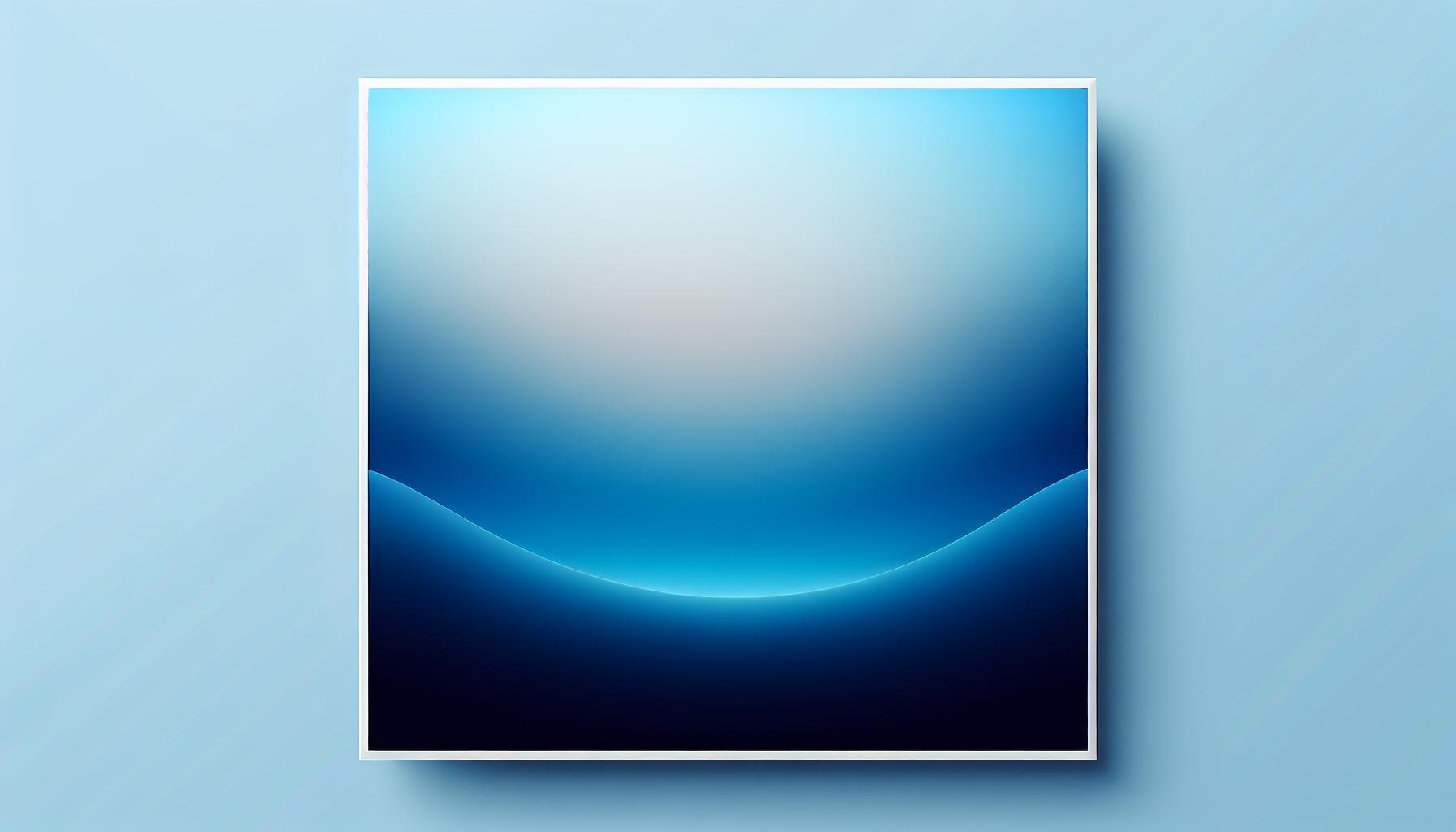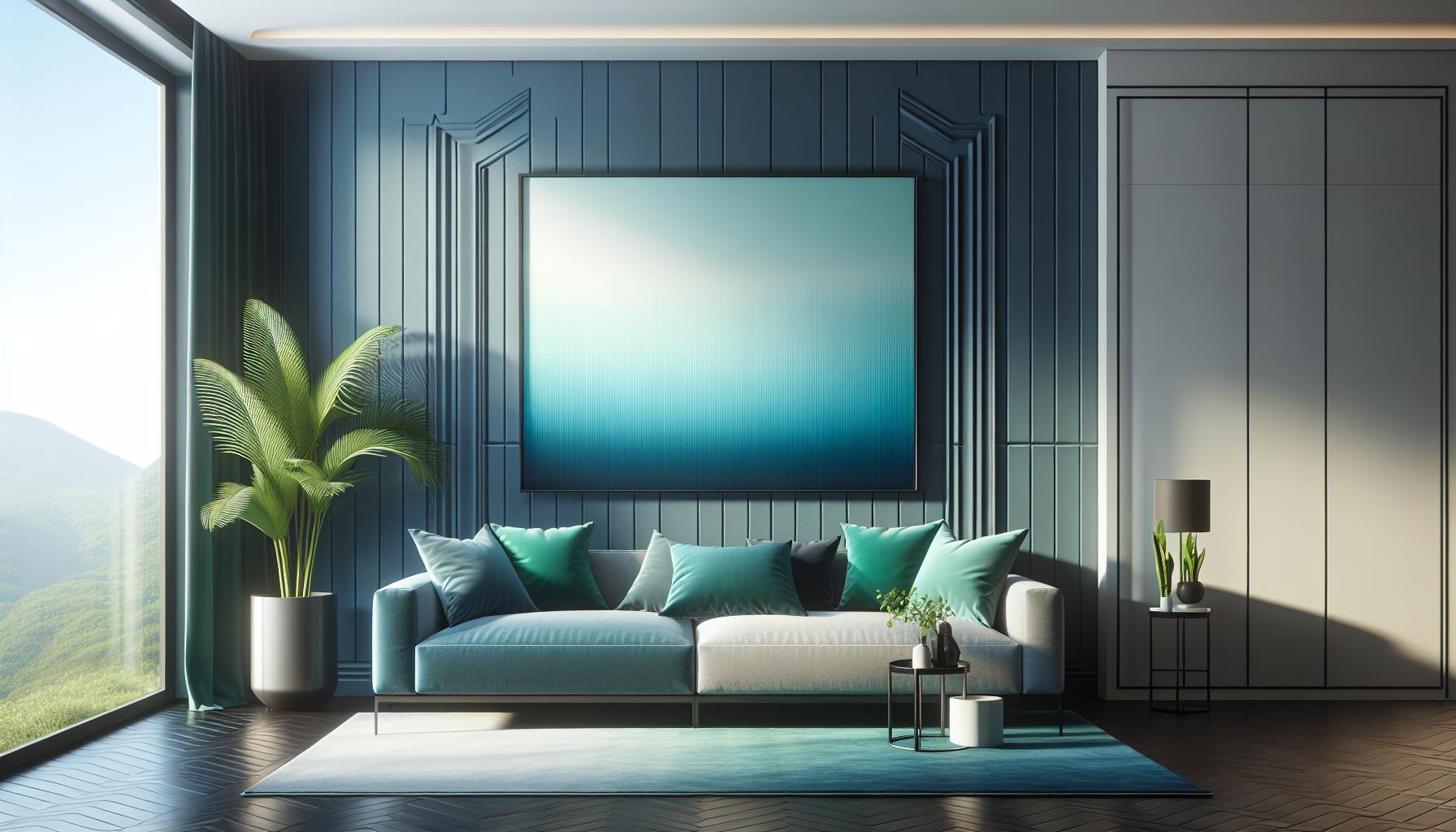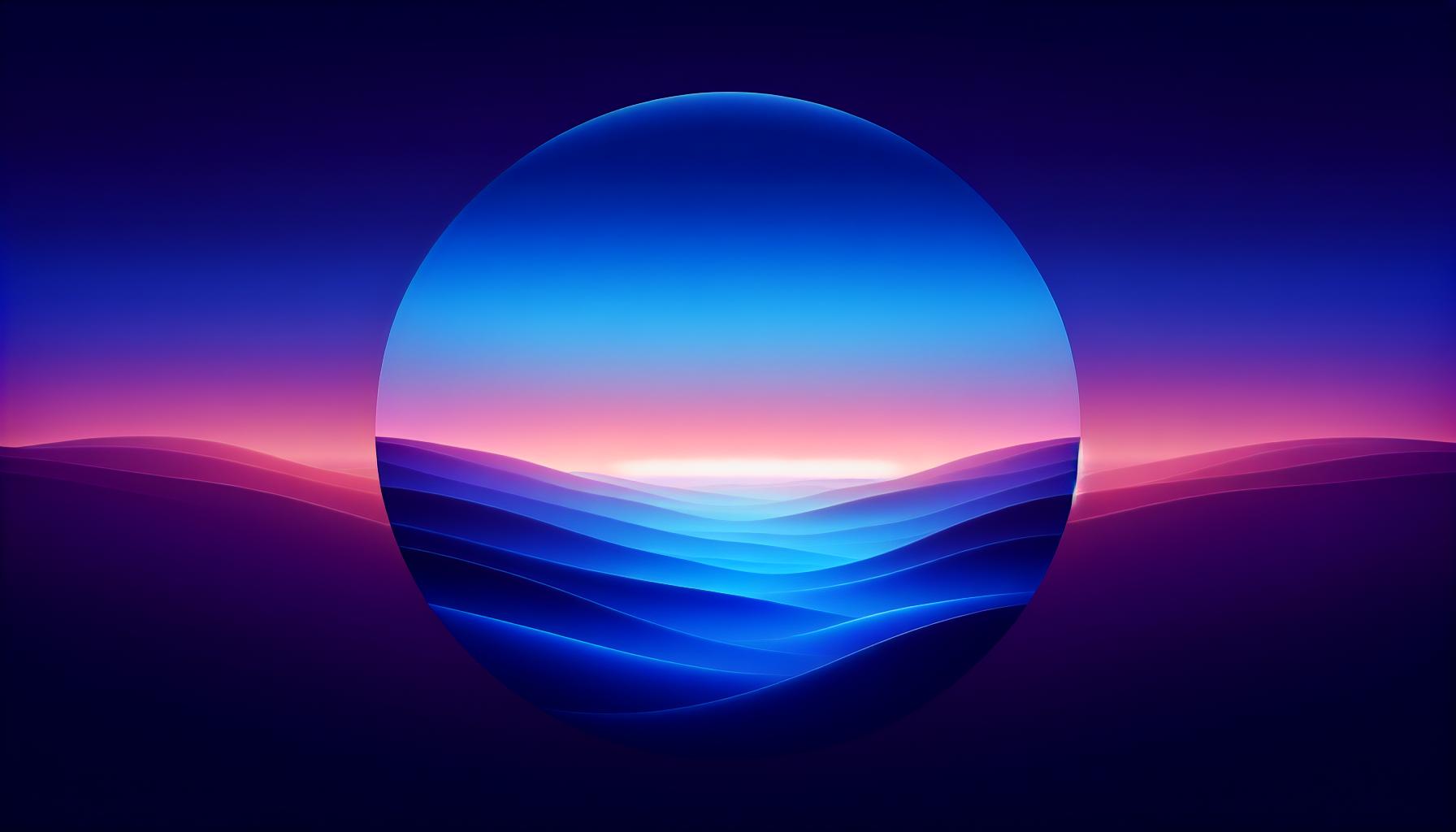When it comes to design, few trends capture attention quite like ombre. This gradient effect, characterized by a seamless transition from one color to another, adds depth and intrigue to any visual element. I’ve always been fascinated by how ombre can transform a simple background into a stunning focal point, drawing the eye and enhancing the overall aesthetic.
Key Takeaways
- Definition of Ombre: Ombre is a gradient effect that transitions smoothly between colors, enhancing visual appeal in design.
- Key Features: The main features of ombre backgrounds include color gradation that creates depth and versatility to match various themes and styles.
- Applications: Ombre backgrounds are widely used in both interior design, for creating inviting spaces, and graphic design, for enhancing visual interest in branding and marketing materials.
- User Experience: Ombre backgrounds offer an engaging visual appeal and are easy to implement, making them accessible for designers at any skill level.
- Positive Feedback: Users have reported increased engagement and memorable impressions from using ombre designs in their projects, emphasizing its effectiveness in capturing attention.
Background:drlwjfanmxq= Ombre
Ombre backgrounds, specifically denoted as Background:drlwjfanmxq= Ombre, utilize a gradient effect that transitions seamlessly between colors. This technique can create visually striking designs, providing depth and dimension. I often see ombre used in various applications, from web design to graphic arts, enhancing aesthetics with its smooth color blending.
Designers can manipulate ombre gradients to match themes or moods. Soft pastels evoke tranquility, while bold, vibrant colors generate excitement. This flexibility allows for personalized creativity in projects. The allure of ombre lies in its ability to transform ordinary visuals into engaging creations that capture attention.
Incorporating Background:drlwjfanmxq= Ombre into a design introduces a modern and fresh feel. The gradient effect acts as both a background and a focal point, drawing users into the composition. Utilizing ombre correctly can significantly elevate the overall visual impact, creating a memorable impression.
Key Features

Ombre backgrounds stand out due to their unique characteristics that enhance design aesthetics. Key features include color gradation and design versatility.
Color Gradation
Color gradation forms the backbone of ombre design. This gradual transition from one color to another creates depth and visual interest. For example, a gentle shift from a light blue to a deep navy adds a calming effect, suitable for environments like spas or relaxation spaces. Similarly, vibrant transitions such as red to orange can evoke energy and excitement in marketing materials or event invitations. This seamless blending attracts the viewer’s attention and makes designs more engaging.
Design Versatility
Design versatility allows ombre to fit various themes and styles. It suits minimalistic designs and bold, artistic layouts. For instance, soft pastel ombre can transform a wedding invitation into an elegant piece, while a bright, contrasting ombre can energize a sports event poster. This flexibility enables creators to adapt the ombre effect to match specific moods or target audiences, ensuring designs remain relevant and captivating across different applications.
Applications of Background:drlwjfanmxq= Ombre

Ombre backgrounds find extensive applications in various fields, enhancing aesthetics and elevating visual appeal. Two prominent areas include interior design and graphic design.
Interior Design
Ombre backgrounds in interior design create visually engaging spaces. I often use ombre wallpaper to generate depth, allowing rooms to appear larger and more inviting. Gradients can soften stark features, transitioning from light colors at the top of walls to darker shades below, promoting a sense of comfort. Furniture pieces with ombre upholstery make bold statements, adding sophistication while harmonizing with surrounding decor. Accent walls featuring vibrant ombre designs serve as focal points, drawing attention and creating a unique ambiance.
Graphic Design
In graphic design, ombre backgrounds enhance visual interest and capture viewers’ attention. I frequently implement ombre techniques in website backgrounds, adding layers of color that guide the user’s eye and maintain engagement. Branding materials like logos and business cards benefit from the modern feel of ombre, allowing brands to convey specific emotional tones through color transitions. Social media graphics featuring ombre can improve shareability by creating eye-catching visuals that resonate with audiences. Overall, using ombre in graphic design allows for creativity and innovation, making designs memorable and impactful.
User Experience

Ombre backgrounds offer a distinct user experience that enhances both engagement and creativity. Their seamless color transitions not only captivate viewers but also simplify design processes across various platforms.
Ease of Use
Ombre backgrounds are straightforward to implement, requiring minimal design skills. I can quickly select gradient colors using design software or online tools, which often provide pre-made ombre templates. This accessibility allows me to focus on creativity rather than technical complications. Additionally, I can easily adjust colors or styles to fit specific themes, ensuring that the final design resonates with the intended audience.
Feedback from Users
Users consistently appreciate the visual appeal that ombre backgrounds deliver. Many report increased engagement in their projects, noting that these gradients can make designs stand out. Feedback often highlights how ombre designs enhance branding efforts by creating memorable impressions. Users also mention that incorporating ombre into their visuals results in positive reactions, whether on social media or in print materials. The versatility and aesthetic quality of ombre backgrounds contribute to their popularity in both professional and personal projects.
Conclusion
Embracing the ombre trend can truly transform your designs and elevate your creative projects. I’ve seen firsthand how the gradient effect can breathe life into backgrounds and captivate audiences. Whether you’re aiming for a serene ambiance with soft hues or a bold statement with vibrant colors, ombre offers endless possibilities.
The versatility of ombre makes it an essential tool for both graphic and interior design. It’s not just about aesthetics; it’s about creating an engaging experience that resonates with viewers. By incorporating ombre into your work, you’re not only enhancing visual appeal but also making a lasting impression. I’m excited to see how others will continue to innovate with this captivating design trend.

